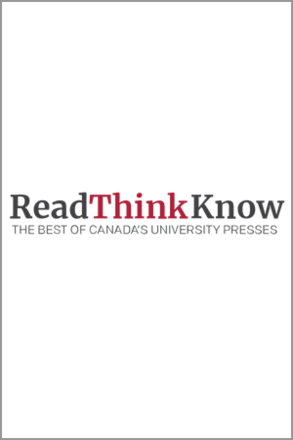
Lexicon of Reconstructed Pronunciation
in Early Middle Chinese, Late Middle Chinese, and Early Mandarin
Description
Known for his pioneering work in Chinese historical phonetics, Edwin
Pulleyblank has compiled this Lexicon to present in convenient
dictionary form the result of his researches on the phonology of Middle
Chinese and its evolution to Mandarin.
The Lexicon complements Pulleyblank's earlier book, Middle
Chinese, by providing reconstructed pronunciation for
approximately 8,000 Chinese characters at three historical stages.
Early Middle Chinese is the language of the Qieyun rhyme dictionary of
AD 601, which codified the standard literary language of both North and
South China the preceding period of division. Pulleyblank's
reconstruction is a thorough reworking of that of Bernhard Karlgren,
completed in the twenties, and in some respects differs radically from
it. Late Middle Chinese is the standard language of the High Tang
Dynasty, based on the dialect of the capital, Chang'an. It has not
been reconstructed previously as a separate stage but is of special
importance, since it is the ancestor of most modern dialects. Early
Mandarin represents the speech of the Yuan capital, Dadu (present
Beijing), around the year 1300, for which Pulleyblank's
reconstruction differs considerably from that of Hugh M. Stimson. The
sources and methods used in these reconstructions were fully discussed
in Middle Chinese, but recent developments in phonological theory have
led to some modifications in detail.
The entries are arranged alphabetically according to the Pinyin
system with an index, by the traditional Kangxi radical and stroke
numbers. The Morohashi number is also given for each character,
enabling easy reference to this important Chinese thesaurus. Another
useful feature of the Lexicon is the inclusion of the numbers in
Karlgren's Grammata Serica for characters that are included in that
work. Concise English equivalents for the Chinese words are also
provided.
Reconstructed forms are given in the International Phonetic
Alphabet. Though this requires a number of phonetic signs and
diacritical marks, these are carefully explained in the introduction.
Every effort has been made to provide a useful tool for students of
Chinese literature and China's relations with foreign countries, as
well as for specialists in Chinese linguistics.